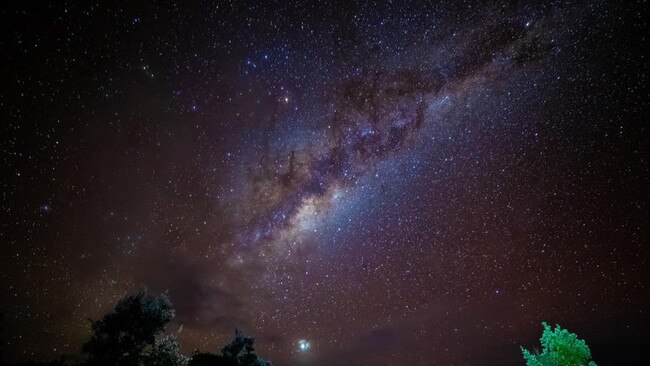White dwarf stars are the cosmic mothers of life
A team of astrophysicists has identified the precise type of celestial body to which we owe our existence.

We are all, quite literally, made of stardust.
Now a team of astrophysicists has identified the precise type of celestial body to which we owe our existence.
Every atom of carbon in the cosmos was created in the heart of a star, through the fusion of three helium nuclei.
The element is essential for life as we know it.
For decades, however, researchers have debated which kind of celestial body produced the carbon reserves of our galaxy, the Milky Way.
The new research focused on the role of white dwarfs, which are created when stars similar to our sun exhaust their stores of nuclear fuel and collapse to form smaller, fainter bodies.
Astronomers examined several “open star clusters” in the Milky Way. These are groups of up to a few thousand stars, which have formed from the same giant molecular cloud.
The stars of a single cluster, held together by mutual gravitational attraction, will each be born with about the same mass. By observing several clusters, it is possible to plot the relationships between the masses of the stars and the white dwarfs that they are destined to become.
In general, the more massive the star at birth, the more massive the white dwarf left at its death.
However, the researchers uncovered a puzzling kink in the data: stars with a mass above a certain threshold had evolved into unexpectedly small white dwarfs.
A star with a mass 2.5 times greater than the sun, for instance, will become a smaller dwarf than will a star with a mass 1.5 times that of the sun.
According to Pier-Emmanuel Tremblay of the University of Warwick’s Department of Physics, a co-author of the study, the best explanation for this disappearance of mass is that the larger stars go through a phase where they shed vast amounts of matter into the universe.
With their final breaths, before they collapse, these stars would have flung out ribbons of plasma enriched with heavy chemical elements. These would have included carbon, created in the star’s deep interior shortly before its death.
This phase is thought to last a mere thousand years, a blink of an eye in cosmic terms.
Another class of massive star, which end their lives in supernova explosions, also contribute to the galactic carbon reservoir. But the new research suggests that most comes from the white dwarfs.
“They are very numerous — that’s one reason why they produce the bulk of the carbon in the universe,” Dr Tremblay said.
The findings were based on astronomical observations conducted in 2018 at the WM Keck Observatory in Hawaii. The results were published in the journal Nature Astronomy on Thursday.
The Times


